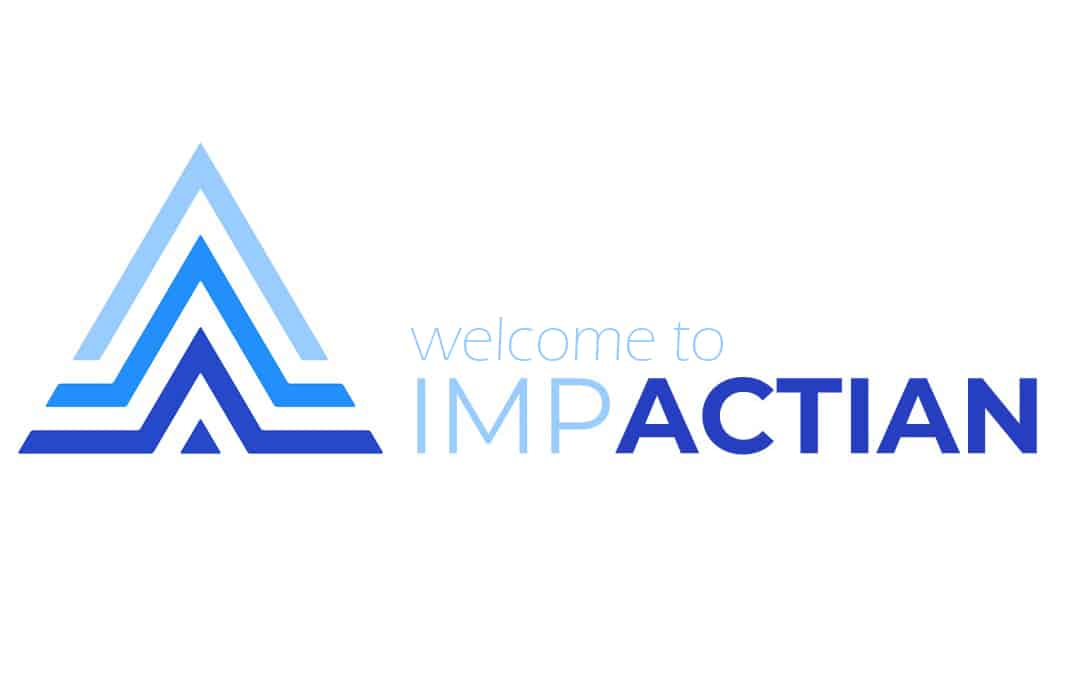You Know You’re a “Citizen” Data Scientist If …
Actian Corporation
June 10, 2022

Data collection and analysis have become increasingly important as multiple industries continue to drive their digital transformation initiatives. Whether it’s to improve customer experience, target marketing efforts, or just better understand how their business is performing, data is at the heart of it all.
However, to make data work for you, you need the right people using it. This is where citizen data scientists come in.
What is a Citizen Data Scientist, and What Do They Do?
A citizen data scientist is generally a departmental knowledge worker who may lack formal data science training but possesses skills to leverage data for insights used to solve problems. They are often the bridge between the data experts, IT, and the business and rely on tools that give some measure of abstraction to get data used to make business decisions.
Citizen data scientists can come from just about any area of the organization but typically have a more advanced grasp on how to access and format data from the systems they use. What sets them apart from other data professionals is their ability to work with different teams across an organization to get things done.
They are often described as “data-driven” because they understand how data can improve business outcomes and use this knowledge to influence decision-making across the organization.
How Does a Citizen Data Scientist Differ From Other Data Roles?
While a citizen data scientist shares some similarities with other data roles, there are also some key differences. For one, a citizen data scientist is typically more focused on departmental data and how data is aggregated and formatted to get more complete views of individual issues. They work to ensure that data is being collected effectively and efficiently so that it can be used to its full potential.
In contrast, data scientists as a discipline are more focused on analyzing data and often work with large datasets to find trends and insights.
They often use data to explore hypotheses and uncover trends or opportunities that might be used to aid in large-scale transformative data projects.
So, while there is some overlap between these roles, each one has a distinct focus and skill set, and both provide tremendous value.
What Skills Does a Citizen Data Scientist Need?
Given their focus on ‘for purpose’ data and real-time analytics, citizen data scientists need a strong understanding of how the systems that they are pulling data from and how to normalize that data. This includes everything from data collection to formatting, transformation, and often reporting.
They should be well-versed in SQL (structured query language) as this coding language is often used to interact with databases. Furthermore, they should have experience working with BI tools.
In addition to these technical skills, citizen data scientists need to be good at problem-solving and working with different teams. They should be able to quickly understand the questions being asked and how to get to the right data to answer these questions.
How Are Citizen Data Scientists Changing the Data Landscape?
As the needs of modern businesses continue to evolve, so does the role of the data professional. In today’s data-driven landscape, organizations are looking for data professionals who can build and maintain complex data pipelines and provide real-time insights that can help inform strategic decision-making. However, these experts and teams may also require lead times that can come at a cost when looking to answer less complex problems. This is where citizen data scientists come in.
With their unique skill set and ability to work with different teams, citizen data scientists are well-positioned to help organizations make the most of their data. As data becomes increasingly important to businesses, we can expect to see more roles evolving into citizen data scientists to help them navigate the ever-changing data landscape and get answers more quickly.
Conclusion
The importance for organizations to better understand and utilize data has never been greater. While traditional roles in data analytics and data engineering are still critical, there is a growing need for data professionals who can bridge the gap between these two disciplines. Citizen data scientists will continue to play an essential role in helping organizations fully unlock the value of their data while ensuring they remain competitive and viable in today’s quickly shifting digital landscape.
Subscribe to the Actian Blog
Subscribe to Actian’s blog to get data insights delivered right to you.
- Stay in the know – Get the latest in data analytics pushed directly to your inbox.
- Never miss a post – You’ll receive automatic email updates to let you know when new posts are live.
- It’s all up to you – Change your delivery preferences to suit your needs.
Subscribe
(i.e. sales@..., support@...)










